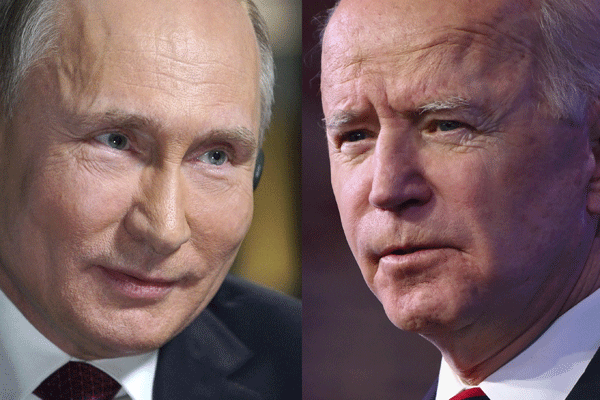Health minister shares more details on NHIF status

Health Minister Ummy Mwalimu during a live press briefing in Dodoma . PHOTO | COURTESY
What you need to know:
- During a live press briefing, Health Minister Ummy Mwalimu said the costs of treating patients with Non-Communicable Diseases (NDCs), cheating by healthcare workers and claims that National Health Insurance Fund (NHIF) officials colluded with health service providers to inflate treatment costs, have subjected the Fund to imminent collapse if no serious measures are taken.
Dar es Salaam. Health minister Ummy Mwalimu has on Thursday, September 1, 2022 unveiled more details on the status of the National Health Insurance Fund (NHIF), reiterating that it was facing imminent collapse.
Addressing the media on Thursday, September 1, 2022 in the country’s capital of Dodoma, Ms Mwalimu disclosed costs incurred by NHIF for treating beneficiaries with Non-Communicable Diseases (NDCs) including cancer, kidneys and cardiovascular.
Emphasizing that NHIF is overwhelmed with treatment costs to people with NCDs, she attributed higher costs of Computed Tomography (CT) Scan and Magnetic Resonance Imaging (MRI) tests as another area.
“The costs of caring for cancer patients receiving thermotherapy treatments, through NHIF cover, increased from Sh9 billion in 2015/16 to Sh22.5 billion in 2020/22,” she said.
“NHIF also spent Sh9.5 billion for treatment of kidney diseases in 2015/16, before increasing to Sh35.44 billion in 2021/22,” she added.
According to the minister, the country had 380 patients suffering from kidney diseases in 2014/16, but the number has increased to 2,099 in 2021/22.
Further, the minister said the Fund spent Sh500 million for patients with cardiovascular diseases, but the amount has increased to Sh4.33 billion in 2021/22.
“But, the costs for CT/MRI tests have climbed from Sh5.43 billion in 2015/16 to Sh10.89 billion in 2021/22. However, the increase in costs and the number of patients don’t go in-line with the increase in the number of NHIF members,” she said.
According to her, the government is now increasing investment in preventive measures instead of concentrating on treatment.
Providing more details, Ms Mwalimu said there were some members replacing children with the elders (parents or in-laws) in a list of beneficiaries who are, however, more disease susceptible.
“But, the Fund is in danger of collapse because of service providers’ cheating. However, the cheating service providers are warned that nobody will be tolerated,” she said during a live broadcast event.
She said the ministry's Permanent Secretary (PS) and NHIF have been instructed to strengthen Information Technology (IT) systems and submit strategic reports in the next 14 days.
According to the minister, some healthcare centres have been overprescribing beneficiaries in a move to financially benefit from the Fund, instructing that health facilities countrywide should abide by the government treatment procedures.
“Also, there are claims that NHIF officials are colluding with some service providers in inflating treatment bills. But, downward referral incidents were on the rise as people who have reached referral hospitals like the Muhimbili National Hospital (MNH) are referred to lower facilities where they are attended by the same physicians,” she said, directing the PS to plug the loophole.
The measures to be undertaken by the government to rescue the Fund from collapse, according to the minister, include increasing public awareness over NCDs, finalising the introduction process of the Universal Health Insurance, strengthening ICT use, extending legal measures against health facilities, workers and members for fraudulent use of the Fund’s financial resources.





